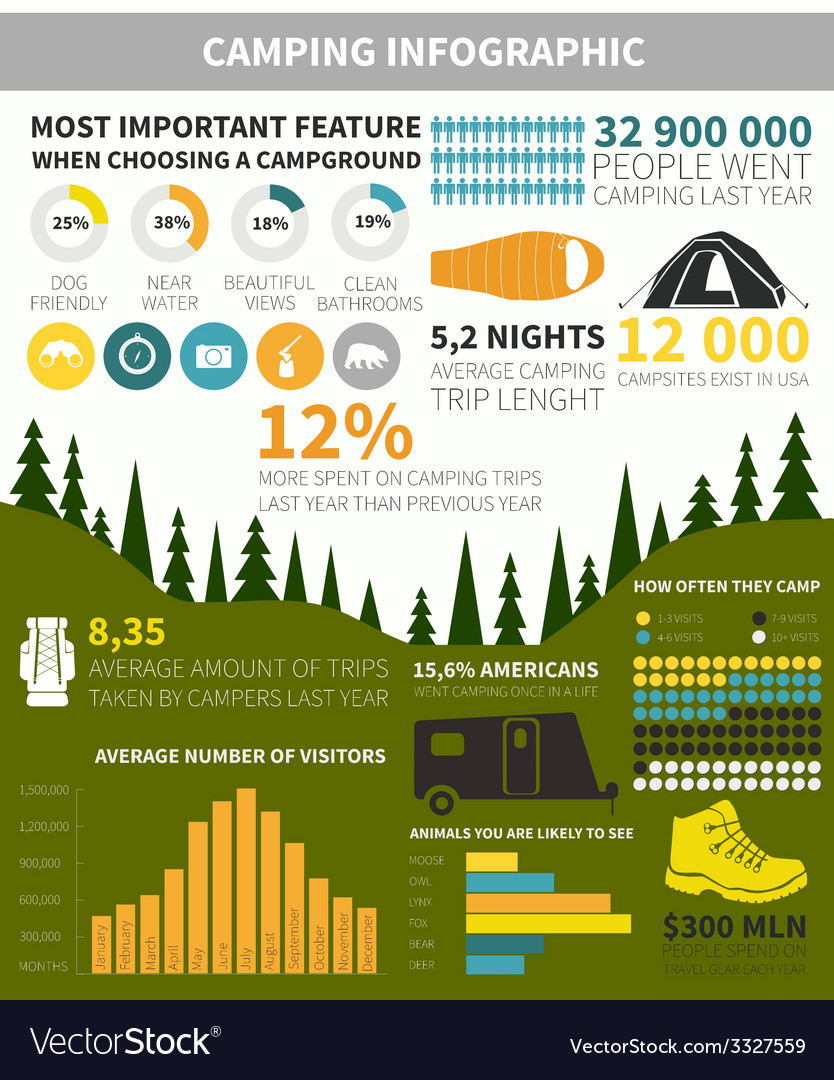Create New Buyers For Your Camping Tents With These Fascinating Tips
Create New Buyers For Your Camping Tents With These Fascinating Tips
Blog Article
Taking Photos of the Night Sky
A variety of elements can impact night sky photography. From weather conditions to upcoming holy occasions, you'll want to intend in advance to make certain success.
How do you pack a tent back in its bag?
The shutter rate you select figures out whether celebrities appear as accurate pin-points or path across the image. A good guideline is to limit the exposure to 500 seconds, or the equivalent of your lens's focal size.
Area
Among one of the most crucial consider a great photo is where you take it. Aim for locations with marginal light contamination, and avoid areas that have intense city lights and skyscrapers.
Likewise, look for a location that offers foreground components to produce structures with. For instance, dune patterns, wind-sculpted ridges and rocky outcrops can all provide fascinating foreground components to aid tell the story of your evening skies photo.
It is also helpful to study expensive occasions such as meteor showers and lunar eclipses to maximize opportunities for wonderful images. Utilizing a tool such as the Professional photographer's Ephemeris can be incredibly valuable when preparing your shoots. It helps you to determine moon stages, Galaxy position and various other expensive events. Also, take into consideration shooting in RAW format as opposed to JPEG as this provides you a lot more versatility when processing the photos. This is particularly true if you intend to print your photos.
Electronic camera Setups
Getting the appropriate cam settings is important for any kind of photo, but specifically so for night sky images. A wide-angle lens is best for capturing even more of the Galaxy and reducing celebrity tracks, along with a longer shutter rate to quit the movement of celebrities and reveal their information.
For an optimum level of quality, shoot in RAW style instead of JPEG, which enables you to maintain more information and supplies flexibility throughout post-processing. This can also include in file dimension, so ensure you have a lot of storage area and extra sd card on hand.
Establish your focus to manual concentrating by turning the AF/MF turn on your lens into MF setting. You may need to take a couple of test shots and check the photo playback on your cam's LCD screen till you accomplish perfect, determine hands-on focus. It's an excellent idea to do this during the day with your chosen lens and the place you will certainly be contending evening, to validate the precision of your emphasis setting.
Lighting
A good night sky picture needs the appropriate conditions. This includes a dark skies, yet also a fascinating foreground component such as a mountain imminent, a lake to mirror the stars, or a human aspect like a barn or shed. You can even use a headlamp to brighten the foreground and add some dramatization or deepness to your image.
One of the most important cam setups for night skies digital photography are the aperture and shutter speed. The broader the aperture, the extra light that reaches the sensor. This allows you to record intense celebrities in a fairly luxary tent brief quantity of time.
The shutter rate identifies whether your stars will certainly be pin-point best or if they will appear as celebrity routes because of the Earth's rotation. Make certain to take several long direct exposure shots and pile them in post-processing for the best results. Last but not least, shoot in RAW setting to provide yourself optimal latitude in post-processing.
Make-up
The trick to gorgeous star shots isn't a premium telescope, a brand-new wide-angle lens or a state-of-the-art Canon or Nikon video camera. It's technique, preparation and composition.
For beginners, search your shoot area beforehand to get a feel for the format and potential structures. Consider integrating foreground elements such as rocks, a lake or alpenglow on the landscape to add personality and interest to your pictures.
Bear in mind the Guideline of Thirds when composing your images. This easy concept aids balance and merge photos. It's also helpful for concentrating on points of interest in your picture, such as rock attributes or the Milky Way. Likewise, bear in mind to plan your shoots around moon stages-- shooting at a full moon can subdue stars and develop a silhouetted shape, while shooting on evenings with a new moon can aid you see constellations more clearly.
How do you get Mould off a bell tent?
